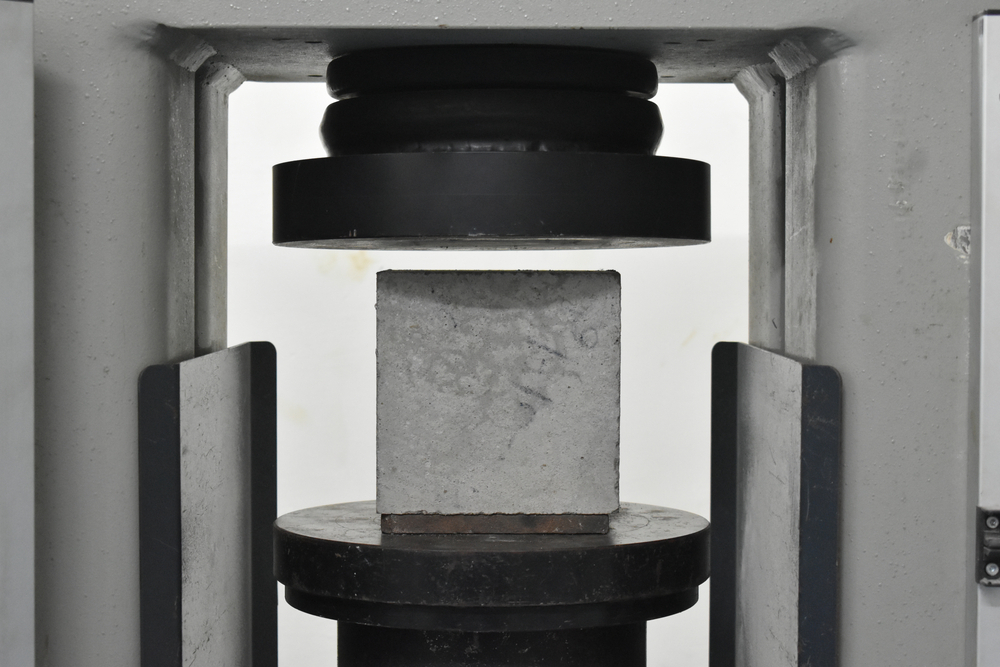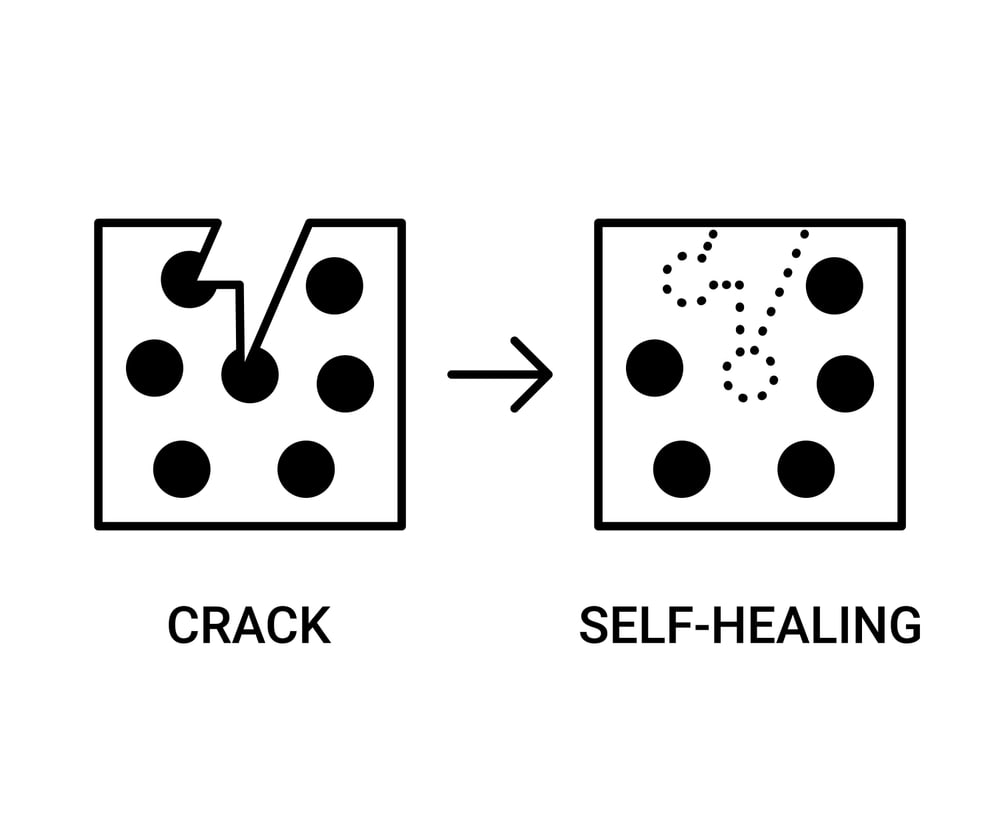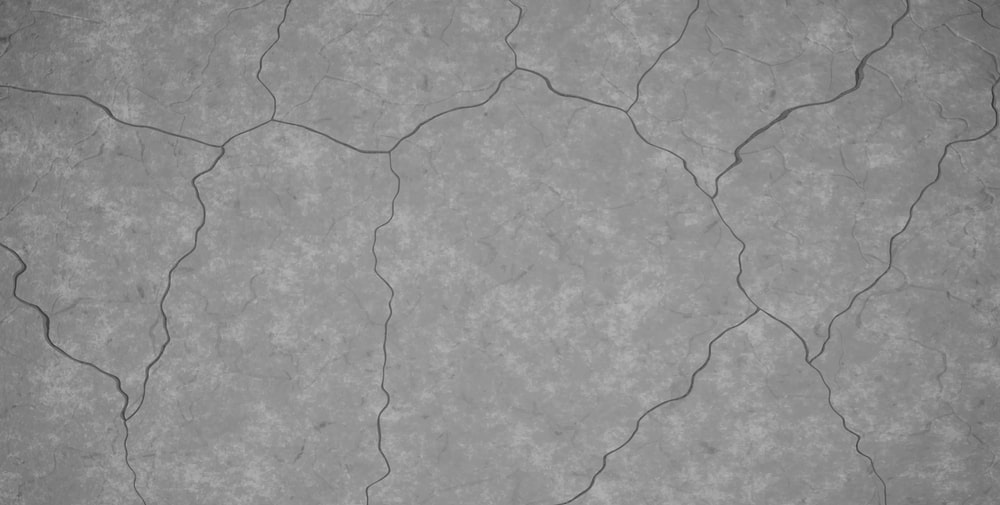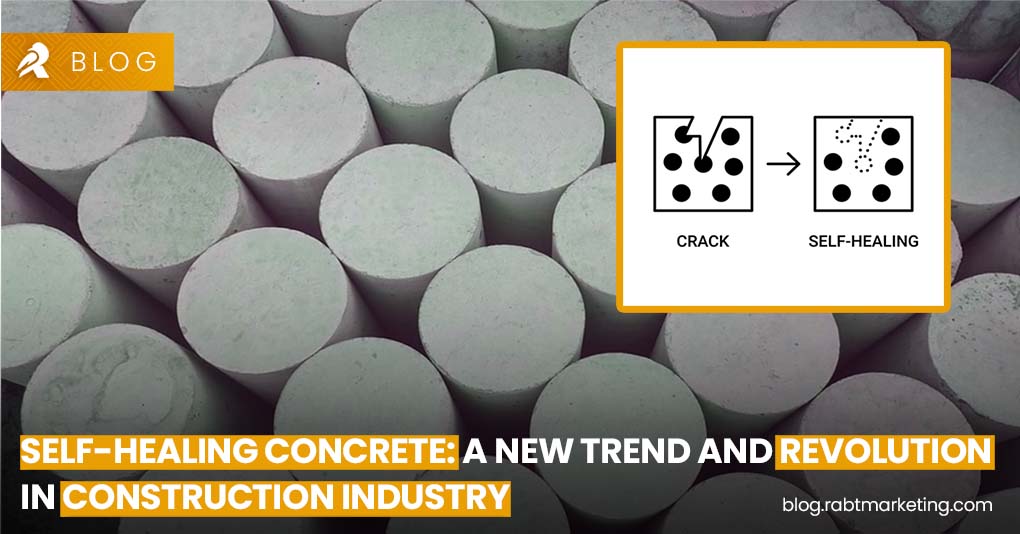In this era of modern construction, innovation serves as both a guiding light and a cornerstone, pushing the boundaries of what’s possible and setting new benchmarks for efficiency, sustainability, and durability. One of the most groundbreaking advancements in recent years is the development of self-healing concrete, a material that promises to significantly reduce maintenance costs and extend the lifespan of concrete structures. This blog post put light on the concept of of self-healing concrete and its transformative role in the modern construction industry.
What is Self-Healing Concrete

Self-healing concrete, as the name suggests, refers to the ability of concrete to repair its own cracks and damage without external intervention. This innovative material employs various mechanisms to close cracks that have formed, thereby restoring its strength and integrity.
The Mechanisms Behind Self-Healing Concrete
 There are primarily three methods through which concrete can achieve self-healing:
There are primarily three methods through which concrete can achieve self-healing:
Autogenous Healing: This natural process occurs when water seeps into cracks, reacting with unhydrated cement particles to form new crystals that effectively seal the cracks.
Incorporation of Shape Memory Alloys (SMAs): Shape Memory Alloys (SMA’s) are the materials that can return to their original shapes when heated, helping to close cracks in the concrete.
Microbial Healing: This method involves embedding specific bacteria within the concrete mix that, when activated by water, produce limestone, effectively plugging the cracks.
Advantages of using Self-Healing Concrete in Modern Construction

Self-healing concrete has numerous benefits and it transforms the construction industry in several ways:
Longer Lifespan: Structures built with self-healing concrete have a significantly longer lifespan, reducing the need for frequent repairs and replacements.
Sustainability: By extending the life of concrete structures and minimizing maintenance, self-healing concrete contributes to more sustainable construction practices.
Cost-Efficiency: Although the initial cost may be higher, the long-term savings on maintenance and repair work make self-healing concrete a cost-effective solution.
Safety and Reliability: Enhanced durability means safer buildings and infrastructure, as the risk of sudden structural failings is greatly reduced.
Uses of Self-Healing Concrete
Self-healing concrete is versatile and can be used in a wide range of applications, including:
Bridges & Tunnels: Enhancing the safety and durability of vital transportation links.
Residential & Commercial Buildings: For structures requiring minimal maintenance over their lifespan.
Water & Sewage Systems: Improving the resilience and lifespan of critical public utilities.
Marine Structures: Offering better resistance to saltwater-induced degradation.
You should also read
1. Concrete Testing and Its Benefits to Check the Quality of Construction
2. Benefits of Cement Testing to Check the Quality of Construction
FAQs on Self-Healing Concrete
Q1: Is self-healing concrete already in use?
A1: Yes, self-healing concrete is being used in various pilot projects around the world, and its applications are gradually expanding as the technology matures.
Q2: How effective is self-healing concrete in repairing large cracks?
A2: Currently, self-healing concrete is most effective at repairing small cracks (up to a few millimeters wide). Research is ongoing to enhance its effectiveness on larger cracks.
Q3: What is the cost difference between regular and self-healing concrete?
A3: Initially, self-healing concrete is more expensive than traditional concrete, but the investment can be offset by the reduced maintenance costs and longer lifespan.
Q4: Can self-healing concrete be used in existing structures?
A4: Directly applying self-healing properties to existing structures is challenging, but certain techniques and treatments can be used to impart similar benefits.
Q5: How does self-healing concrete impact the environment?
A5: It promotes sustainability by reducing waste, lowering carbon emissions associated with repair and construction activities, and extending the lifecycle of structures, making it an environmentally friendly option.
Q6: What is the future of self-healing concrete?
A6: As research continues, we can expect improvements in the efficiency and cost-effectiveness of self-healing concrete, making it a standard in future construction projects.
Final Words
Self-healing concrete represents not just an advancement in material science but a paradigm shift in how we approach construction and maintenance. It can solve a huge number of industry issues and it can simplify the construction process. Its potential to enhance durability, reduce maintenance costs, and improve sustainability makes it a key player and a powerful change in the future of construction. As the technology evolves, we can anticipate broader adoption, further transforming our built environment for the better.

